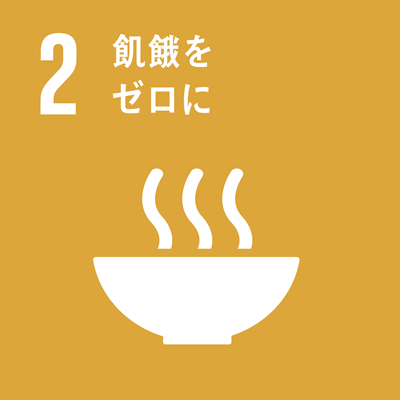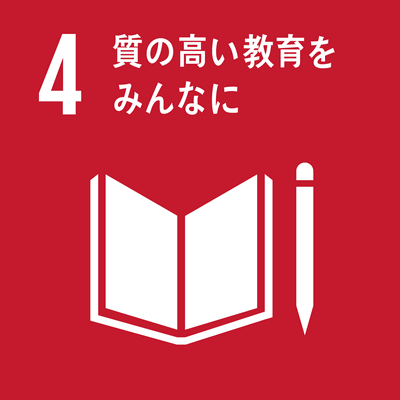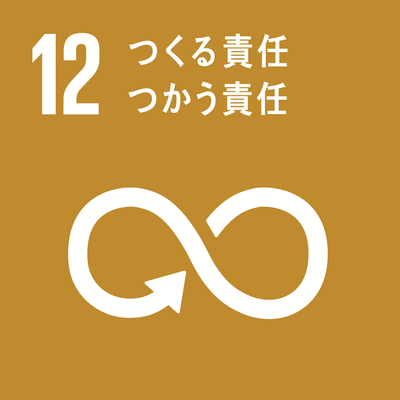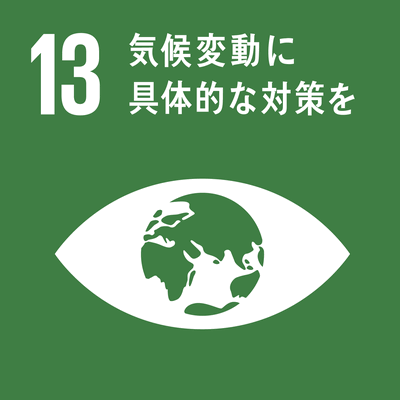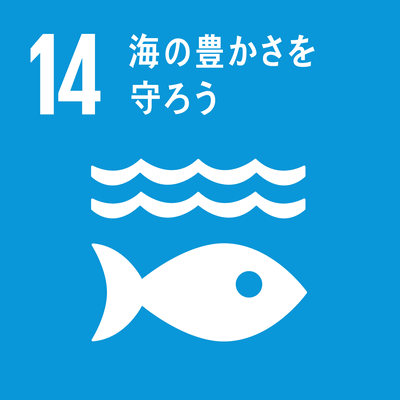シラバス表示
シラバスの詳細な内容を表示します。
→ 閉じる(シラバスの一覧にもどる)
科目の基本情報
| 開講年度 | 2020 年度 | |
|---|---|---|
| 開講区分 | 生物資源学研究科(博士後期課程)生物圏生命科学専攻 | |
| 受講対象学生 |
大学院(博士課程・博士後期課程) : 1年次, 2年次 |
|
| 選択・必修 | ||
| 授業科目名 | 種苗生産技術論 | |
| しゅびょうせいさんぎじゅつろん | ||
| Aquatic Seed Production Technology | ||
| 単位数 | 2 単位 | |
| ナンバリングコード | BIOR-Life-7591-006
|
|
| 開放科目 | 非開放科目 | |
| 開講学期 |
後期集中 |
|
| 開講時間 |
|
|
| 開講場所 | ||
| 担当教員 | 吉松隆夫,筒井直昭 | |
| Takao YOSHIMATSU, Naoaki TSUTSUI | ||
| 実務経験のある教員 | 担当する吉松隆夫教授,筒井直昭准教授ともに国の研究機関である国立研究開発法人での勤務経験を有する。吉松隆夫:国立研究開発法人水産教育・研究機構増養殖研究所,筒井直昭:国立研究開発法人国際農林水産業研究センター。 | |
| SDGsの目標 |
|
|
学修の目的と方法
| 授業の概要 | Seed supply in aquaculture, overview of fish reproduction; environmental and endocrine control of reproduction; induced spawning, incubation and larval rearing, hatchery design and management, fish seed storage, marketing and transport, seed production of selected species. |
|---|---|
| 学修の目的 | Fisheries provide a vital source of food, employment, recreation, trade and economic well-being for people throughout the world, both for present and future generations. Especially aquaculture is a most rapid developing sector in fisheries as a food-producing industry, and its role is getting significant year by year, not only Southeast Asia but also all over the world. Freshwater and brackish areas formed in the estuary of big rivers like Mekong and the shallow waters adjoin are the most productive, therefore the most important area for bio-production activities including aquaculture. In this series of lecture, students enrolled have a chance to study about the advanced technologies for larval rearing techniques established so far in the world, the representative live foods used for larviculture and their culture techniques. Also how to maintain larval health, how to control the outbreak of disease, and how to make efficient fortification of the essential nutrients for fish larvae are covered as well. |
| 学修の到達目標 | In this lecture we expect for students are as follows: to study and realize the difficult and critical situation of the global food supply near the breaking disastrous point and environmental problems which people in the world are faced with at the moment, and to try to figure out the effective counter measures to solve those problem and wise use of fertile area, i.e. fresh, brackish and shallow water areas, as a student on bioresource sciences. |
| ディプロマ・ポリシー |
|
| 成績評価方法と基準 | The final grade will be computed from the following constituent parts: mid-course (20%), final exam (30%), research report (20%), practical work participation and reports (30%). Closed-book examination is used for both mid-course and final exams. |
| 授業の方法 | 講義 |
| 授業の特徴 |
プロジェクト型PBL プレゼンテーション/ディベートを取り入れた授業 キャリア教育の要素を加えた授業 教員と学生、学生相互のやり取りが、ほぼ英語で進められる授業 |
| 授業改善の工夫 | |
| 教科書 | No particular textbooks. |
| 参考書 | Printed lecture materials are distributed properly in class. |
| オフィスアワー | 12:00-13:00 |
| 受講要件 | Subjects for under graduates on general biology, general chemistry, fisheries science, environmental science and aquaculture technologies. Also students are requested to study actively and make reference study spontaneously after each lecture. |
| 予め履修が望ましい科目 | Subjects for under graduates on general biology, general chemistry, fisheries science, environmental science and aquaculture technologies. Also students are requested to study actively and make reference study spontaneously after each lecture. |
| 発展科目 | |
| その他 |
授業計画
| MoodleのコースURL |
|---|
| キーワード | Aquaculture, Seedling Production, Live foods, Aquatic Animals, Fish Nutrition. |
|---|---|
| Key Word(s) | Aquaculture, Seedling Production, Live foods, Aquatic Animals, Fish Nutrition. |
| 学修内容 | Course Outline: I. Introduction 1. Current status of mariculture of the world 2. General scheme of seed production process II. Broodstock management technology 1. Modes of fish reproduction 2. Sex determination and sex differentiation 3. Gonadal development and induced breeding III. Obtaining spawning 1. Modes of spawning, egg collection and estimating fecundity 2. Environmental factors affecting reproduction IV. Larval rearing 1. Stages of egg and larval development 2. Early development of teleosts 3. Environmental factors affecting early development V. Larval foods and feeding schedule 1. Comparison between live and formula feeds 2. Biological characteristics in larval nutrition 3. Importance of live foods for seed production VI. Live foods and their culture technology 1. Biology of Brachionus rotifers and their methods 3. Other live foods VII. Nutritional requirement of larval fish 1. Nutritional profile of live foods 2. Essential fatty acids requirement of fish VIII. Seed production techniques of aquatic animals 1. Freshwater finfish 2. Marine and brackish finfish 3. Other aquatic animals |
| 事前・事後学修の内容 | Students are requested to study actively and make reference study spontaneously after each lecture. Also everytime students are given reading assignments about relevant various academic papers. |
